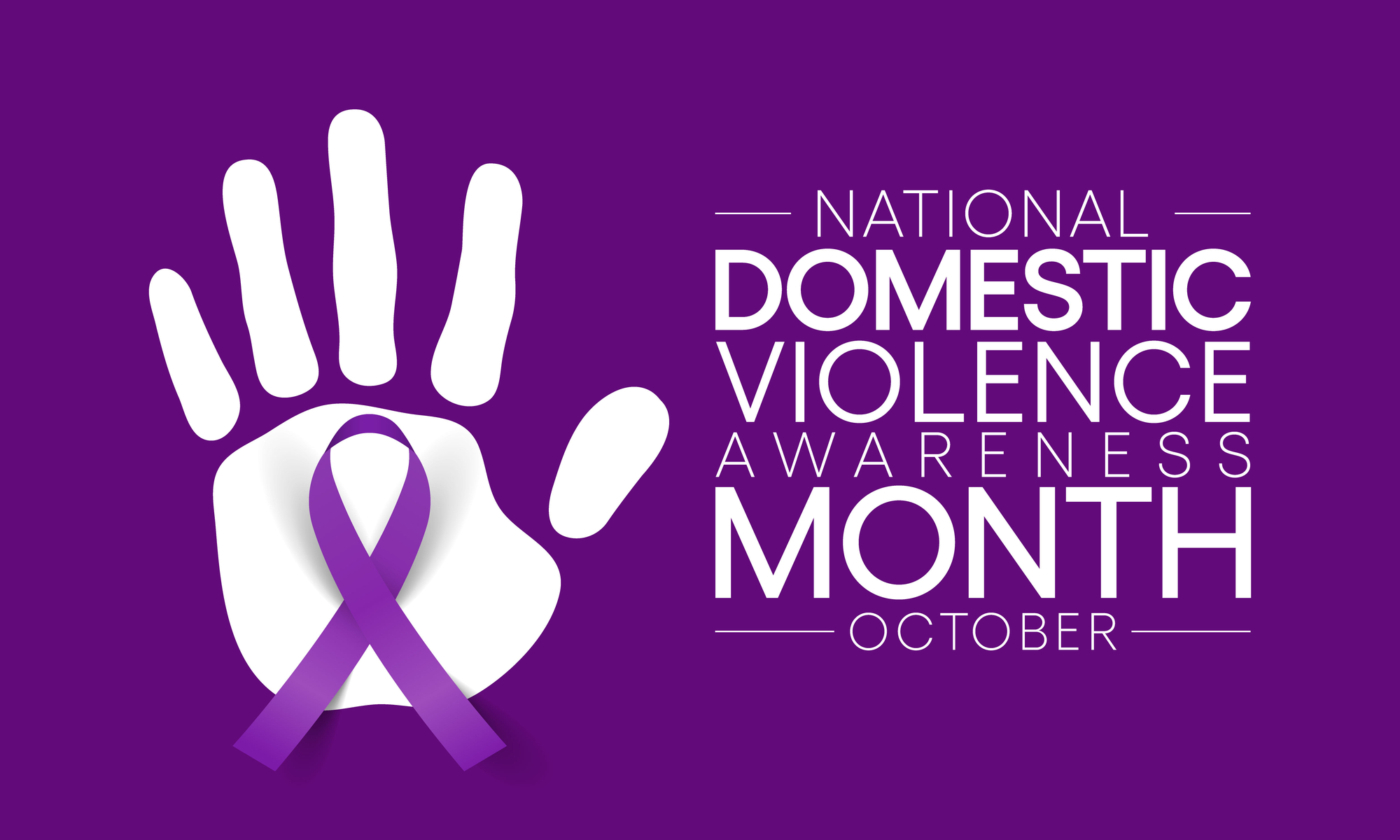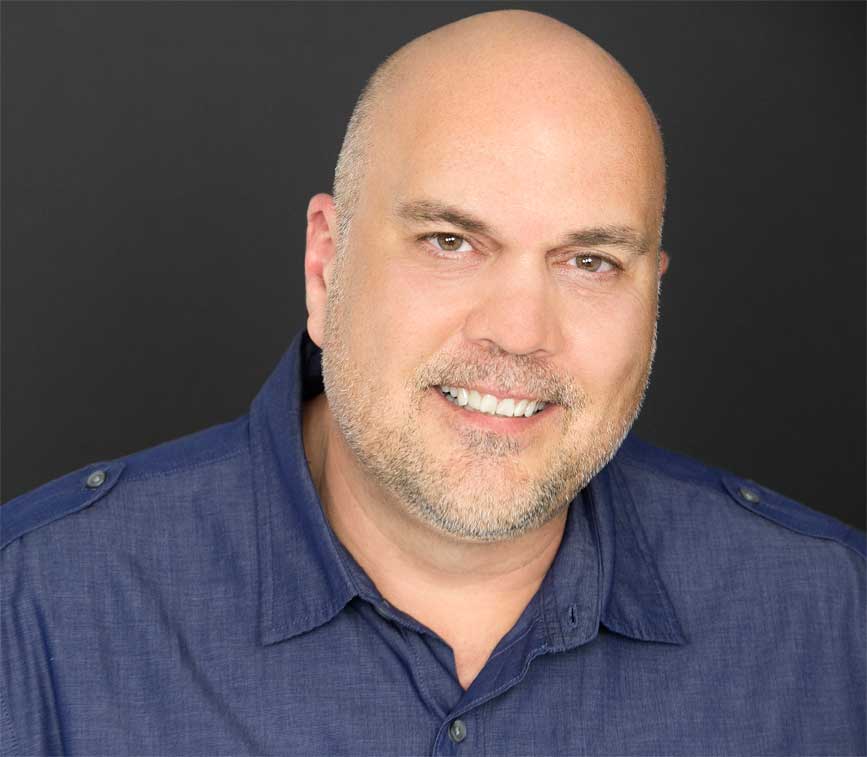As a journalist and public/motivational speaker, one of my signature issues is Intimate Partner Violence and Abuse (IPV/A)–the term used for domestic violence and abuse within the LGBTQ community. Sadly and too often, this demoralizing, heinous, and horrific behavior is “swept under the rug,” particularly when it involves gay/SGL (same-gender-loving) men.
The misguided belief that “Oh, you know…boys will be boys!” continues to permeate, and disgustingly so. Therefore, stigma becomes a driving force that fuels this potentially life-threatening cycle of behavior. As a result, IPV/A tends to be grossly underreported.
And make no mistake about it: Intimate Partner Violence and Abuse is a criminal offense.
The focus of this article is the “Ten Myths of Intimate Partner Violence and Abuse.” But before I do that, allow me to present my “IPV/A Primer.”
So, exactly what is this potentially life-threatening pattern of behavior? What’s it all about? What are its ramifications?
IPV/A is, according to the National Coalition of Domestic Violence, the “pattern of behavior used to establish power and control through fear and intimidation, often including the threat or use of violence, when one person believes that they are entitled to control another.” Meanwhile, the National Coalition of Anti-Violence Programs defines IPV/A as “a pattern of behaviors utilized by one partner (the abuser or batterer) to exert and maintain control over another person (the survivor or victim) where there exists an intimate, loving and dependent relationship.”
Statistics show that this form of abuse occurs with similar frequency as in heterosexual relationships. Additionally, new research suggests that a greater percentage of LGBTQ individuals are living in fear of an abusive partner than previously thought. And each year, between 50,000-100,000 lesbians (or more) and as many as 500,000 (or more) gay men are battered, and about one in four LGBTQ relationships/partnerships are abusive in some way.

According to psychologists and authors Jeanne Segal and Melinda Smith, “Domestic violence and abuse are used for one purpose and one purpose only: to gain and maintain total control over you. An abuser doesn’t ‘play fair.’ Abusers use fear, guilt, shame, and intimidation to wear you down and keep you under his or her ‘thumb.’ Your abuser may also threaten you, hurt you, or hurt those around you.”
Segal and Smith add, “The bottom line is that abusive behavior is never acceptable, whether it’s coming from a man, a woman, a teenager, or an older adult. You deserve to feel valued, respected, and safe.”
Let’s now explore those ten myths, courtesy of California’s Haven Women’s Center (www.havenstan.org). In no particular order, they are:
- Domestic Violence is more common in straight relationships than it is in lesbian or gay relationships. But here’s the truth: “Do not assume that gay men and lesbians are less violent than heterosexual men and women. The best estimates of same-sex domestic violence according to research and statistics gathered from the lesbian and gay community is that domestic violence in gay and lesbian relationships is approximately 25-32 percent (basically the same percentage as in the heterosexual community).”
- It isn’t really violence when a same-sex couple fights. It is just a “lover’s quarrel” between equals. But here’s the truth: “There is nothing equal or fair about domestic violence. Being thrown against a wall or enduring endless criticism from an angry lover does not entail fairness. Further, dismissing domestic violence as ‘just a lover’s quarrel’ trivializes the violence and gives tacit consent for it to continue. Just because the two people are the same gender does not make it a fight between ‘equals.’ Many battered gays and lesbians fight back to defend themselves—it is a myth that same-sex battering is ‘mutual’. There is almost always a primary aggressor.”

- The batterer will always be butch, bigger, stronger. The victim will always be femme, smaller, weaker. But here’s the truth: “This is simply not true. Size, weight, butch, femme, or any other physical attribute or role is not an indicator of whether or not a person will be a victim or a batterer. A person who is 5’2”, prone to violence and very angry can do a lot of damage to someone who may be taller, heavier, stronger and non-violent.”
- People who are abusive and under the influence of drugs or alcohol are not responsible for their actions. But here’s the truth: “Violence is a choice, and there are better choices. Every person is responsible for every action taken. Drugs and alcohol are excuses for battering. There is evidence to show that batterers who abuse drugs and alcohol are equally likely to batter while sober. If a person who batters is on drugs or alcohol, that person has two serious and very separate problems. Using drugs or alcohol does NOT relieve a person of responsibility for his/her own conduct”.
- The law does not and will not protect victims of lesbian and gay men’s domestic violence. But here’s the truth: “It depends somewhat on where you live, but in the United States, heterosexuality is not a criterion for protection under the law. LGBTQ victims can get restraining orders. Domestic violence is against the law for LGBTQ people, too!”
- Lesbian and gay domestic violence is sexual behavior—a version of S&M. The victims actually like it. But here’s the truth: “Domestic violence is not sexual behavior. In S&M relationships, there is some contract or agreement about the limits or boundaries or the behavior, even when pain is involved. Domestic violence entails no such contract. Domestic violence is abuse, manipulation, and control that is unwanted by the victim. Domestic violence cannot be dismissed as sexual behavior. There is no similarity whatsoever.”
- Domestic violence occurs primarily among gay men and lesbians who hang out at bars, are poor, or people of color. But here’s the truth: “Domestic violence is a non-discriminatory phenomenon. Batterers come from all walks of life, all racial/ethnic groups, all socioeconomic strata, and all educational levels. The LGBTQ community includes members of every other minority and majority group (ethnic, religious, racial, socioeconomic, immigration status, etc.). Domestic violence occurs proportionally across all groupings and categories of people. No group is exempt”.

- Victims often provoke the violence done to them. They’re getting what they “deserve.” But here’s the truth: “That is absolutely untrue. Violent behavior is solely the responsibility of the violent person. Batters choose violence; victims do not ‘provoke’ it. This myth is common among both batterers and victims of domestic violence and is probably a strong force that keeps the victims in abusive relationships”.
- It is easier for lesbian or gay victims of domestic violence to leave abusive relationships than it is for heterosexual counterparts who are married. If it were really that bad, they would just leave. But here’s the truth: “Lesbian and gay couples are as intertwined and involved in each other’s lives as are heterosexual couples. Due to the lack of societal support, many lesbians and gay men are more ‘protective’ of the relationship and less likely to leave despite the abuse. Leaving is often the hardest thing for a victim to accomplish—harder, for instance, than staying. Batterers threaten their victims with more violence (including threats of murder) if they leave. Threatening to leave may put the victim in more danger. Leaving also requires strength, self-confidence, self-reliance, and a healthy self-esteem. Those qualities have been eroded by the abuse. Leaving a violent partner also means leaving one’s home, friends, children, and community. A lesbian or gay man may be extremely isolated.”
- Lesbian and gay domestic violence is the same as domestic violence between a man and a woman. But here’s the truth: “The dynamics of same-gender relationships are not the same as in heterosexual relationships. The stresses of being without full legal protections and the lack of societal support for their relationships are added stresses for a lesbian or gay relationship. Therefore, lesbians and gay men will not respond to stress in their relationship the same way as heterosexual individuals do. Lesbian relationships and gay men’s relationships will not look like nor respond to stress and abuse within the relationship the same way as heterosexual relationships.”
For us to help put a stop to this demoralizing, heinous, and horrific behavior, we have to change our way of thinking. Because make no mistake: lives are at risk. WomenOnGuard.com states, “According to the latest data, 23.04 people per minute face intimate partner violence annually.” This is unacceptable.
I’ve made it my ongoing–and fervent–mission to continue to shine a bright light on IPV/A, a hellish and potentially life-threatening, cycle of dysfunctional behavior. And heed this clarion call:
Always remember: the most powerful weapon the abuser has in his/her arsenal is…SILENCE!
And definitely remember this: It ain’t (just) the way that he/she loves you.
If you or someone you know is experiencing IPV/A, call The National Domestic Violence Hotline (1-800-799-7233); the Gay Men’s Domestic Violence Project Hotline (1-800-832-1901); the Trans Lifeline Hotline (U.S., 877-565-8860. Canada, 877-330-6366).
I have a special IPV/A section at Wyattevans.com that includes resources to assist victims. Check it out.
The time is NOW to break the cycle!






Leave A Comment